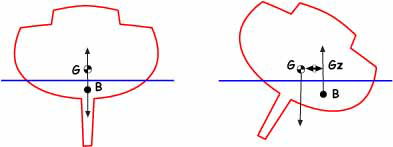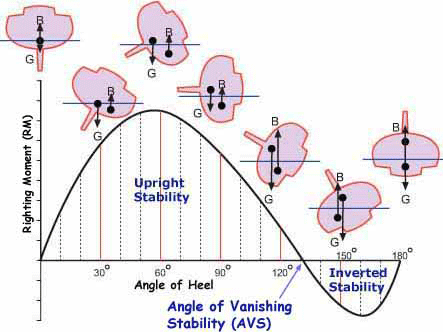Thoughts about the sailing school certification courses known as:
ASA 103: Cruising
ASA 104: Bare Boat Chartering
ASA 106: Advanced Coastal Cruising
US Sailing Cruising Course
US Sailing Bareboat Chartering Course
US Sailing Coastal Passage Making
What else does the sailing student need to know? My thoughts follow.
Pictured: some ocean sailing yachts in coastal cruising environments. The question is, what is a cruising yacht and what differentiates a coastal yacht from a coastal passage maker from an ocean voyager. Aside from a few physical characteristics of yachts, it is really just how the sailors use the vessels.
Physical characteristics: cruisers are self righting and self rescuing and have some sort of accomodation for life aboard. By this we mean, a galley, head, and berths. The terms self righting means that the boat will right itself if tipped very far over, maybe masthead in the water. Self rescuing refers to a cockpit that drains into the sea and not the interior. In general, cruising yachts are very difficult to sink. Oh, they will when the hull is breached.
Stability is described with the GZ curve. https://www.sailboat-cruising.com/gz-curves.html
Basically, at what angle of heel will the vessel not recover. From the article in
https://www.sailboat-cruising.com/
Definitely a terrific sailing/voyaging blog.
The Gz curve illustrates the relationship between the three key factors that determine the boat's static stability:~
- the Centre of Gravity (G) through which gravity exerts a downward force equal to the displacement of the boat, and
- the Centre of Buoyancy (B), being the centre of the underwater volume of the boat, whose upward thrust counteracts the effect of gravity acting through G, and
- the horizontal distance (Gz) between G and B.
The location of G is fixed, unlike B which changes as the boat heels and the immersed section changes shape.
As the Centre of Gravity and the Centre of Buoyancy initially move apart and then converge, so the length of Gz - the righting lever - increases and decreases.
This relationship between heel angle and righting moment governs the shape of the Gz curve and defines the boats static stability.
Artwork by Andrew Simpson
A useful site for comparing one boat to another is: http://www.tomdove.com/sailcalc/sailcalc.html
We use this calculator to compare a know boat with an unknown. For example, we have an Aphrodite 101. How does it compare to a similar sized Pearson Flyer. Two numbers get our attention, the motion comfort value is low and the capsize ratio is high.
Enough about boats...
What about the sailors?
The levels of certification offered by sailing schools generally is a measure of where the student is in terms of seamanship and boat handling. Sailing schools have their curricula. This piece is about the material sailors should know that's not on the list of "skills taught."













